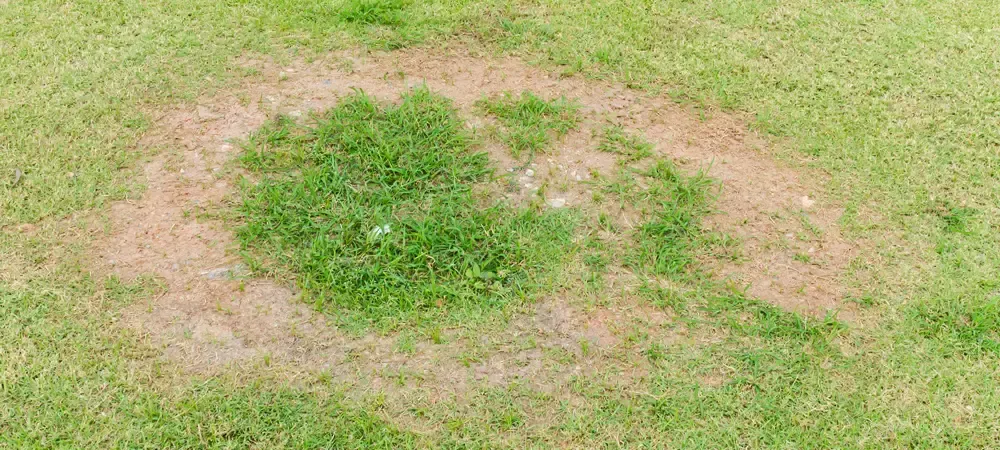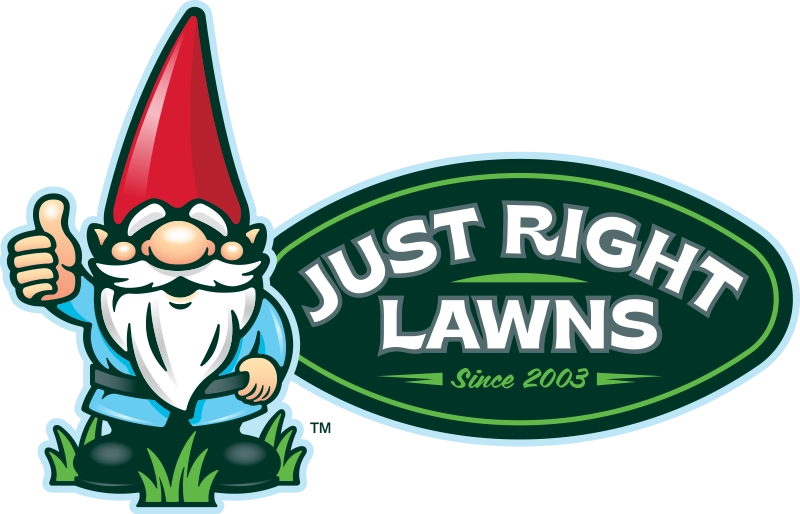Lawn Fungus in St Augustine & Zoysia Grass

Lawn fungus can quickly become a frustrating problem for homeowners with St. Augustine and Zoysia grass. These grasses are susceptible to various fungal diseases that can cause damage if left untreated. Identifying the signs early and understanding how to treat and prevent these issues is key to maintaining a healthy lawn.
Common Types of Lawn Fungus
Both St. Augustine and Zoysia grasses are prone to several types of fungal infections, each with its own set of symptoms and treatment methods. Understanding which fungus is impacting your lawn is the first step toward effective treatment:
Brown Patch
Brown Patch is a widespread fungus that affects both St. Augustine and Zoysia grass, particularly during warm, humid weather. It causes circular patches of discolored grass, turning yellow or brown, often with a dark ring around the edges. This fungus thrives in areas with poor air circulation, excess moisture, or overwatering. To treat Brown Patch, it's important to improve lawn drainage, avoid excessive watering, and use fungicides specifically designed for this condition.
Dollar Spot
Dollar Spot appears as small, round, light-colored patches, typically about the size of a silver dollar. It tends to thrive in warm, humid conditions, particularly during early mornings or in areas with a lot of dew. Both St. Augustine and Zoysia grasses are susceptible. Dollar Spot can be controlled with proper irrigation practices, avoiding excessive fertilization, and applying fungicides as needed to control the spread.
Take-All Patch
Take-All Patch primarily affects St. Augustine grass but can also damage Zoysia. This fungus is soil-borne and causes yellowing, thinning, and wilting of grass. In severe cases, the affected grass may die off completely. It's often most active during warmer months, especially when there’s poor soil drainage. Managing Take-All Patch requires improving soil health, proper watering techniques, and applying fungicides labeled for this specific fungus.
Grayleaf Spot
Gray Leaf Spot primarily impacts St. Augustine grass, although Zoysia can occasionally be affected. This fungus causes small, water-soaked lesions on grass blades that eventually turn gray or brown. Over time, it can cause large areas of your lawn to die off. To manage Gray Leaf Spot, improve air circulation, reduce moisture on the lawn, and apply fungicides as necessary to reduce the fungus’s spread.
Rust
Will Grass Killed by Fungus Grow Back?
Grass that has been killed by fungus may or may not grow back, depending on the severity of the infection and the type of grass. In most cases, if the fungus is controlled and the lawn is properly maintained, the grass can recover. However, there are a few important factors to consider:
- Severity of the Damage: If the fungus has completely killed the grass and the roots are damaged, it may not grow back on its own. In this case, reseeding or sodding may be necessary.
- Grass Type: Some grass types, like Zoysia and St. Augustine, are more resilient and may regrow if the fungus is treated and the conditions improve. However, if large areas have been affected, it might take longer for the grass to recover.
- Timely Treatment: If the fungus is caught early and effectively treated, the grass may survive and recover. Fungicides, proper watering, and good lawn care practices can help the grass bounce back.
- Environmental Factors: After treating the fungus, it’s important to improve lawn conditions—such as better drainage, reducing thatch, and controlling watering practices—to help the grass grow back healthy.
In cases where recovery is unlikely, it’s best to replant or overseed the affected area after the fungus has been eliminated.
Professional Lawn Disease Control
At Just Right Lawns, we understand how frustrating lawn fungus can be, especially when it impacts the health and appearance of your St. Augustine or Zoysia grass. Our team of experts is equipped with the knowledge and tools to effectively identify, treat, and prevent common lawn fungi, ensuring your grass stays healthy year-round. Whether it’s a targeted fungicide treatment, improving lawn care practices, or offering advice on proper maintenance, we’re here to help. Contact us today to restore the beauty and health of your grass with professional lawn care from Just Right Lawns.

